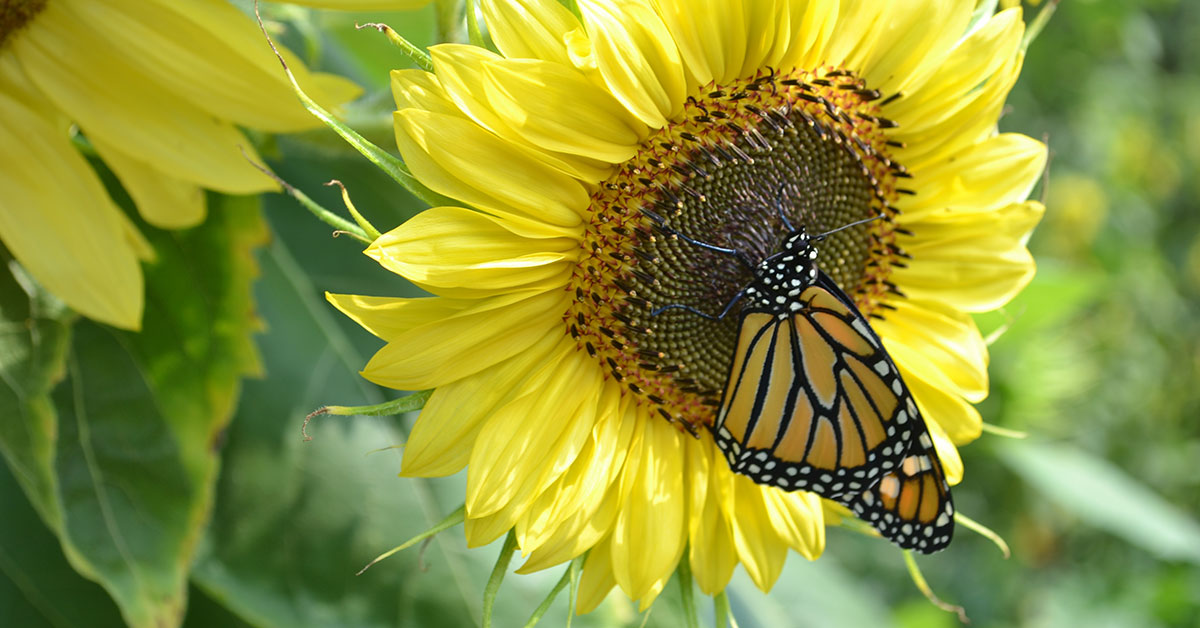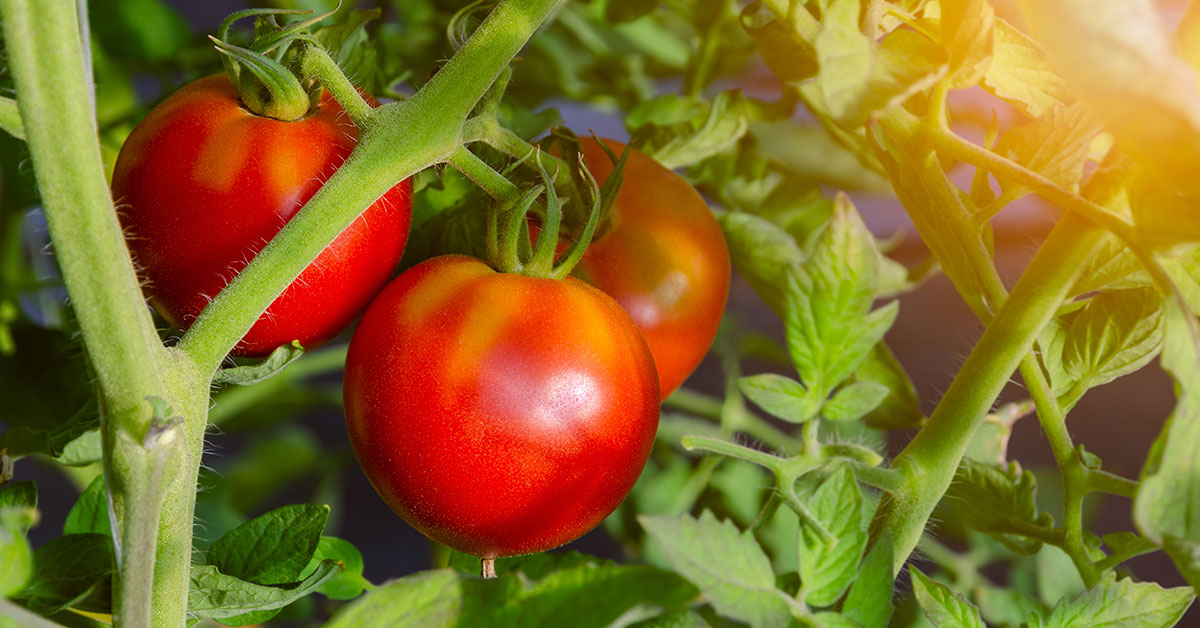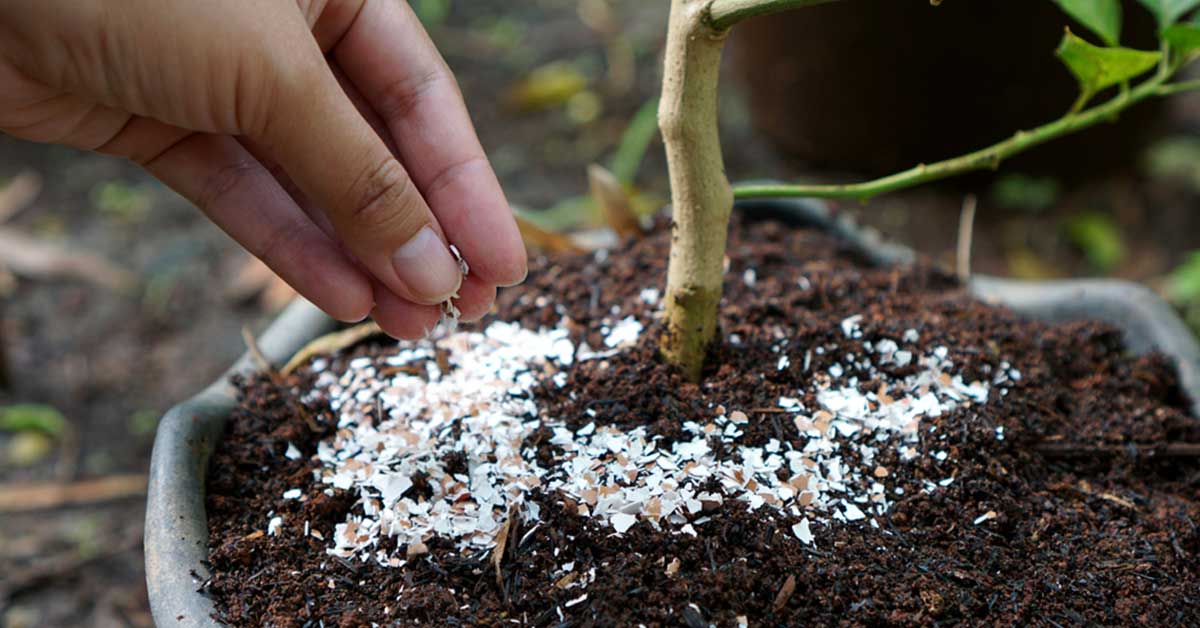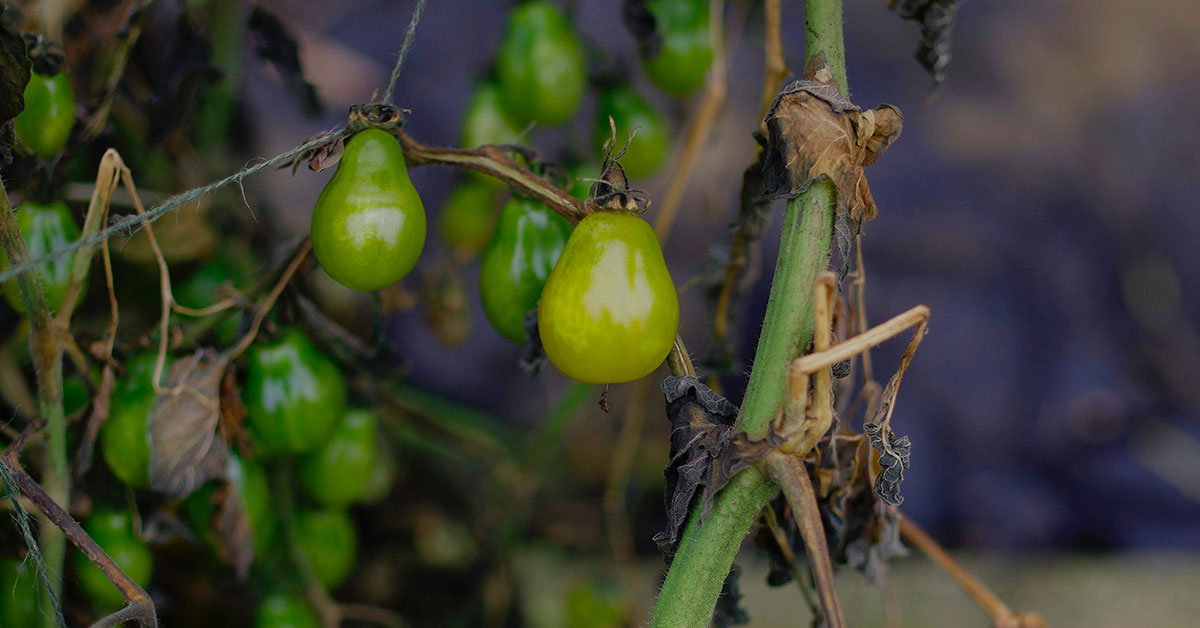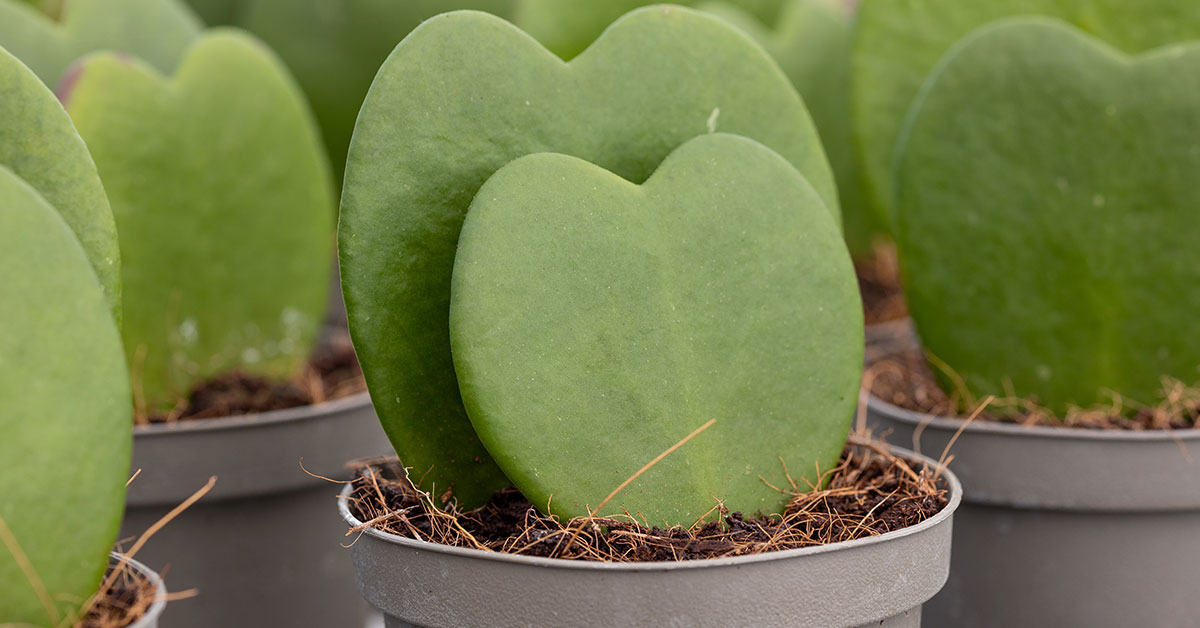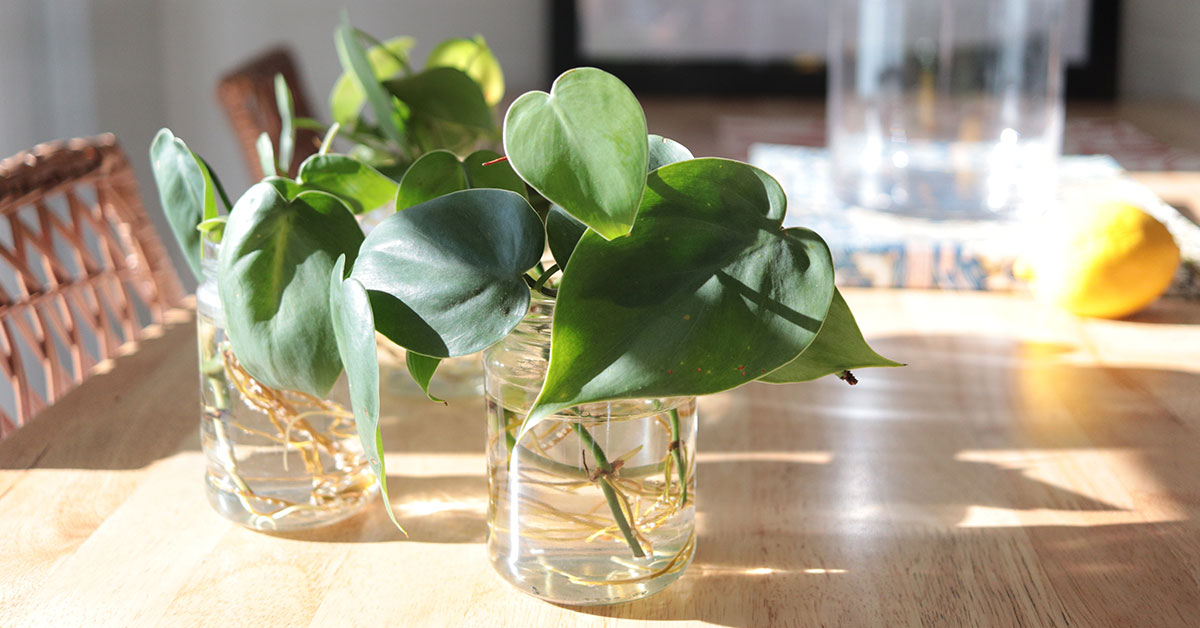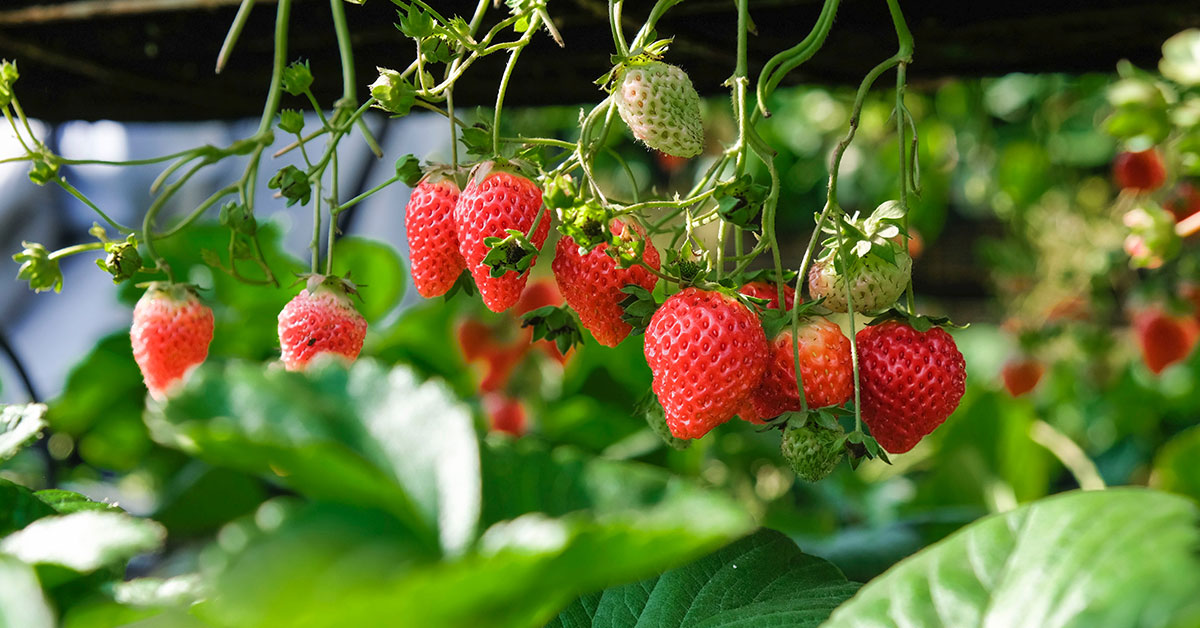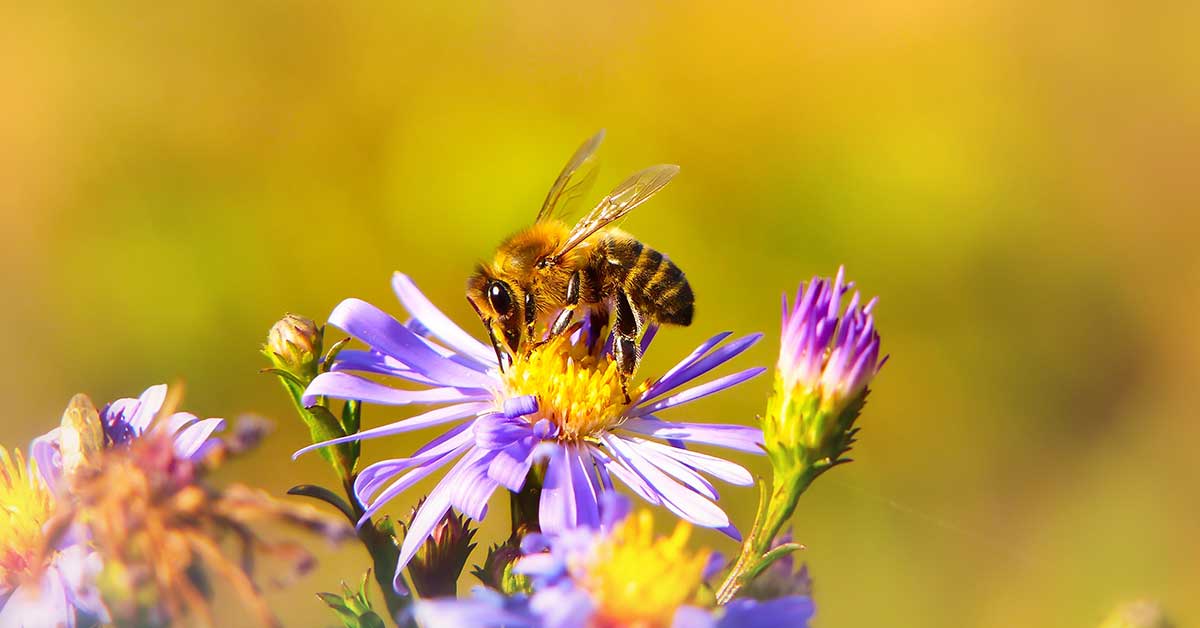Creating a garden that supports a wide range of plant and animal life is not only rewarding but also crucial for maintaining a healthy ecosystem. By incorporating flowers that attract and support various species, you can enhance your garden’s biodiversity, creating a vibrant and dynamic space. As a passionate gardener, I’m excited to share some of the best flowers that can boost your garden’s biodiversity!
In this article, we’ll explore ten wonderful flowers that play a vital role in supporting diverse wildlife, from pollinators to beneficial insects. Each of these flowers has unique attributes that contribute to a thriving garden ecosystem. Let’s dive in and discover how these beautiful blooms can make a significant difference in your garden!
Coneflower
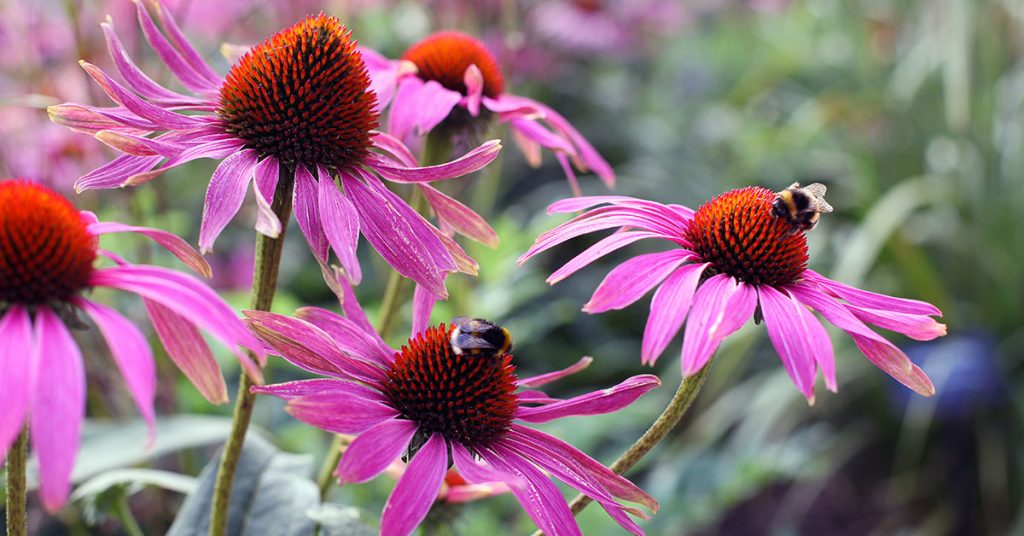
Coneflowers (Echinacea) are a fantastic addition to any garden, known for their striking daisy-like flowers that come in shades of purple, pink, and white. These hardy perennials attract a variety of pollinators, including bees, butterflies, and even hummingbirds. The seeds of coneflowers are also a valuable food source for birds in the fall and winter.
By planting coneflowers, you create a habitat that supports a wide range of species. They thrive in full sun and well-drained soil, requiring minimal maintenance once established. Their long blooming period from summer to fall ensures continuous support for wildlife, making them a cornerstone of biodiversity in your garden.
Bee Balm
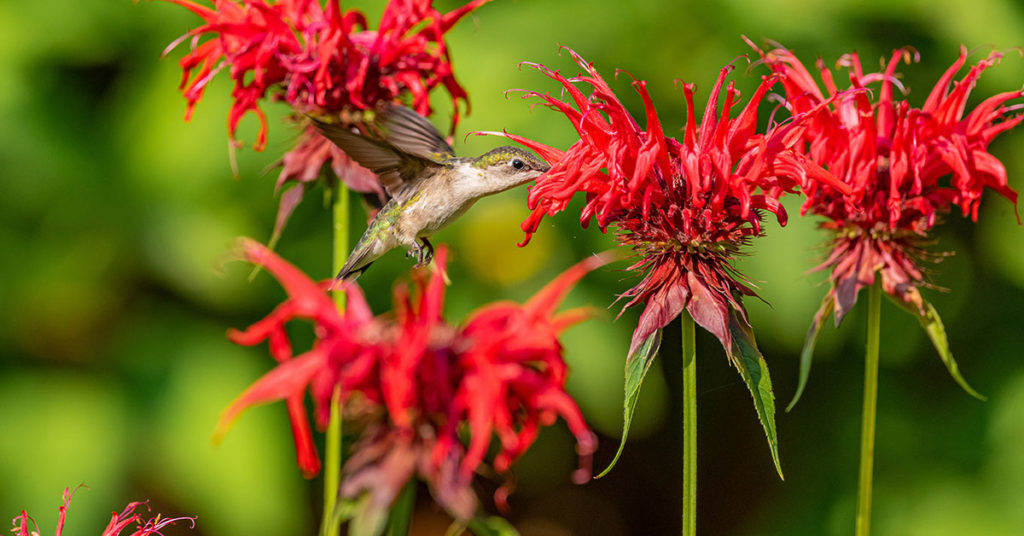
Bee Balm (Monarda) is a magnet for pollinators, with its vibrant, tubular flowers in shades of red, pink, purple, and white. This perennial is especially loved by bees, butterflies, and hummingbirds, all of which play crucial roles in pollinating plants. Bee Balm also attracts predatory insects that help control garden pests.
Planting Bee Balm in your garden supports these beneficial species, contributing to a balanced ecosystem. It thrives in full sun to partial shade and prefers well-drained soil. Regular watering and occasional deadheading will keep Bee Balm blooming throughout the summer, providing continuous support for pollinators.
Black-Eyed Susan
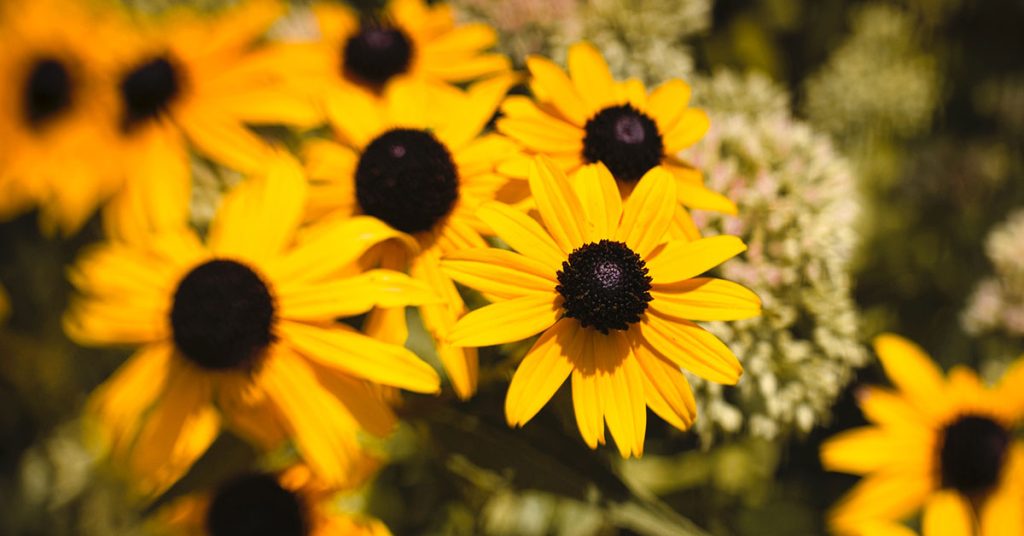
Black-Eyed Susans (Rudbeckia hirta) are cheerful flowers with bright yellow petals and dark centers. These hardy perennials attract a variety of pollinators, including bees, butterflies, and beneficial insects like lacewings and ladybugs. The seeds of Black-Eyed Susans are also a food source for birds.
By incorporating Black-Eyed Susans into your garden, you create a supportive environment for diverse wildlife. They thrive in full sun and well-drained soil, and their low maintenance needs make them an easy addition to any garden. Their long blooming season from summer to fall ensures sustained support for pollinators and other beneficial species.
Lavender
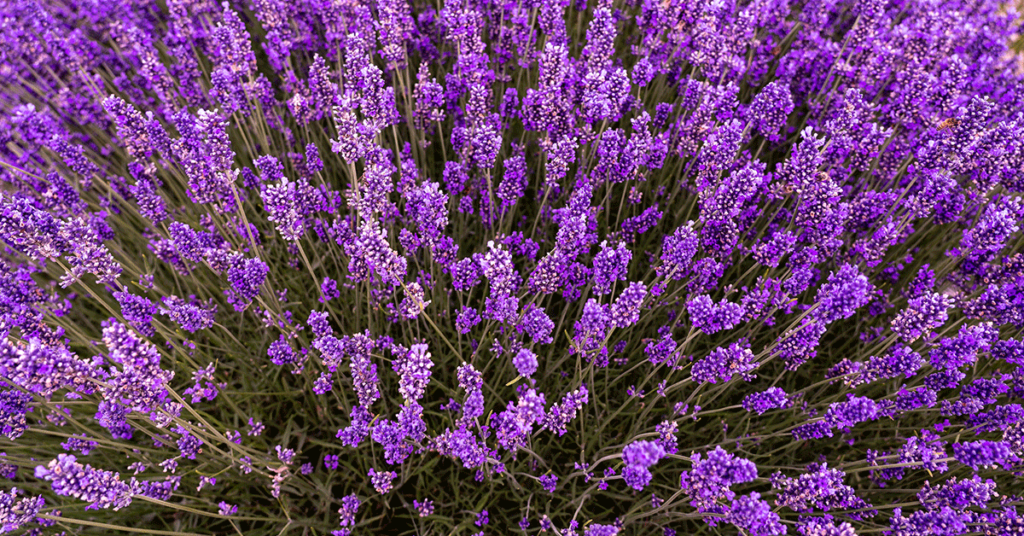
Lavender (Lavandula) is not only beloved for its fragrant, purple flowers but also for its ability to attract a variety of beneficial insects. Bees, butterflies, and hoverflies are particularly drawn to lavender, which helps pollinate other plants in your garden. Lavender also repels harmful insects, contributing to a healthier garden ecosystem.
To grow lavender, plant it in full sun and well-drained soil. It thrives in dry conditions and requires minimal watering once established. Pruning after flowering helps maintain its shape and encourages new growth. Lavender’s aromatic blooms and ecological benefits make it a valuable plant for enhancing garden biodiversity.
Sunflower

Sunflowers (Helianthus annuus) are iconic flowers known for their large, sunny blooms that attract a variety of pollinators, including bees and butterflies. They also provide a valuable food source for birds, squirrels, and other wildlife. The tall, sturdy stems of sunflowers can offer shelter and nesting sites for birds and insects.
To grow sunflowers, plant them in full sun with well-drained soil. They require regular watering, especially during dry periods. Sunflowers’ towering beauty and ability to support a wide range of species make them a fantastic addition to any garden aiming to boost biodiversity.
Milkweed

Milkweed (Asclepias) is essential for monarch butterflies, providing the only host plant for their larvae. The nectar-rich flowers also attract a variety of other pollinators, including bees and hummingbirds. Milkweed’s presence in your garden supports the entire life cycle of monarch butterflies, from egg to adult.
Plant milkweed in full sun and well-drained soil. It is drought-tolerant and requires minimal maintenance once established. By incorporating milkweed into your garden, you play a critical role in supporting monarch populations and enhancing overall biodiversity.
Zinnia
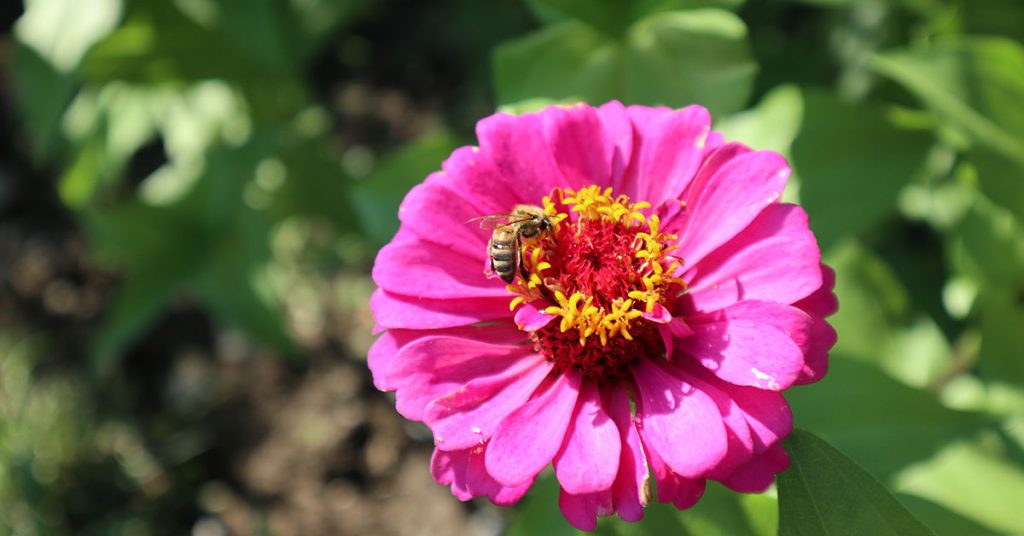
Zinnias (Zinnia elegans) are colorful, daisy-like flowers that attract a wide range of pollinators, including bees, butterflies, and hoverflies. These annuals are easy to grow and provide a continuous source of nectar throughout the summer, supporting the health and diversity of your garden’s ecosystem.
Plant zinnias in full sun and well-drained soil. They require regular watering and deadheading to promote continuous blooming. Zinnias’ vibrant colors and ability to attract beneficial insects make them a perfect choice for enhancing garden biodiversity.
Borage
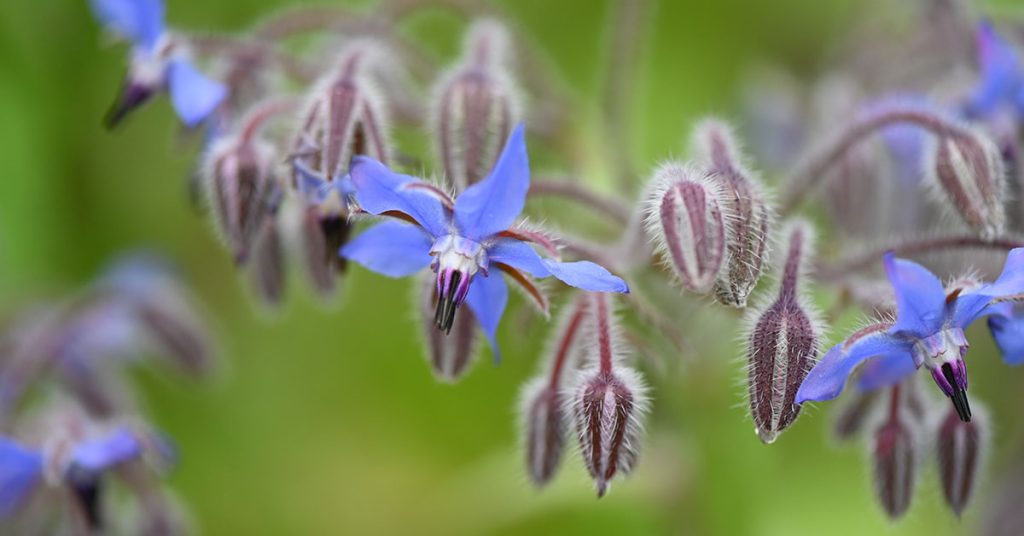
Borage (Borago officinalis) is an herb known for its star-shaped, blue flowers that attract bees, butterflies, and hoverflies. These pollinators are essential for the health of your garden, aiding in the pollination of many plants. Borage is also a companion plant that can improve the growth and flavor of nearby vegetables.
To grow borage, plant it in full sun to partial shade with well-drained soil. It is easy to care for and self-seeds readily, ensuring a continuous presence in your garden. Borage’s unique blooms and ecological benefits make it a valuable addition to any garden aiming to increase biodiversity.
Catmint
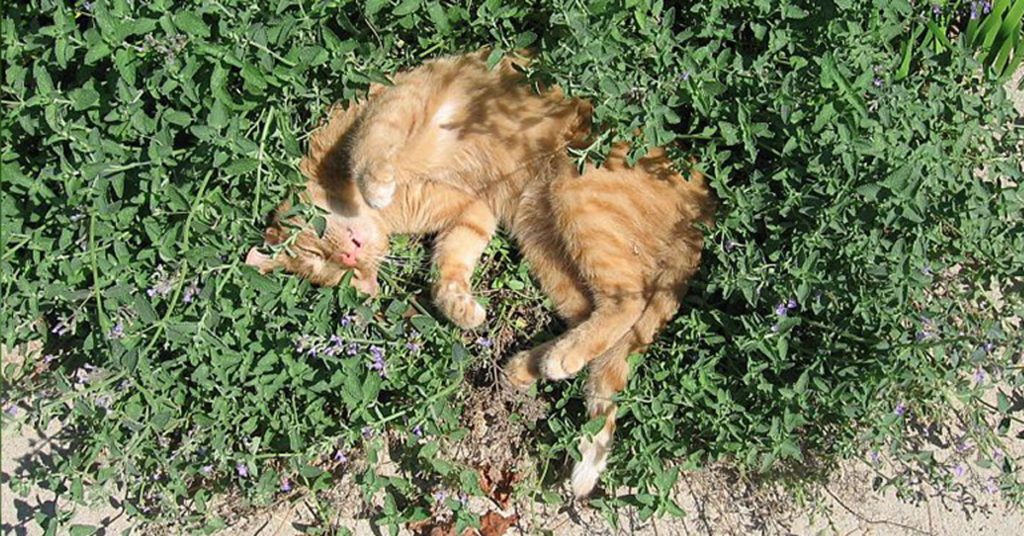
Catmint (Nepeta) produces spikes of lavender-blue flowers that attract bees, butterflies, and other pollinators. It is a hardy perennial that blooms profusely from late spring to early fall, providing a long-lasting nectar source. Catmint also has aromatic foliage that repels certain pests, contributing to a balanced garden ecosystem.
Plant catmint in full sun to partial shade with well-drained soil. It is drought-tolerant and requires minimal care once established. Regular pruning encourages more blooms and prevents the plant from becoming too leggy. Catmint’s continuous blooms and pest-repelling properties make it a great choice for boosting garden biodiversity.
Goldenrod
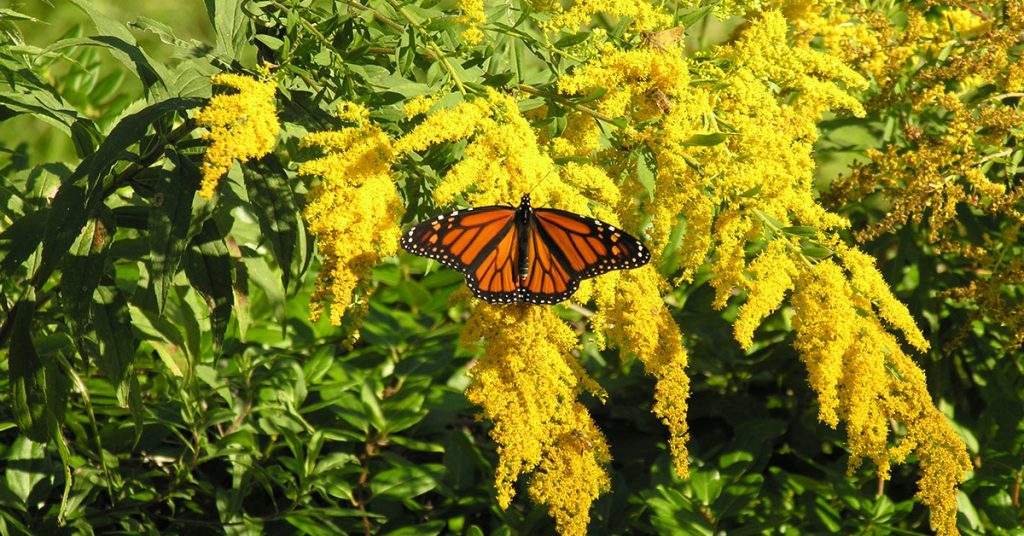
Goldenrod (Solidago) is often misunderstood but is a fantastic plant for attracting beneficial insects like bees, butterflies, and parasitic wasps. These insects play crucial roles in pollination and pest control, making Goldenrod an important addition to any garden. Its bright yellow flowers bloom in late summer to fall, providing late-season nectar.
To grow Goldenrod, plant it in full sun to partial shade with well-drained soil. It is drought-tolerant and easy to care for, requiring minimal maintenance. Goldenrod’s vibrant blooms and ecological benefits make it a valuable plant for enhancing garden biodiversity.
